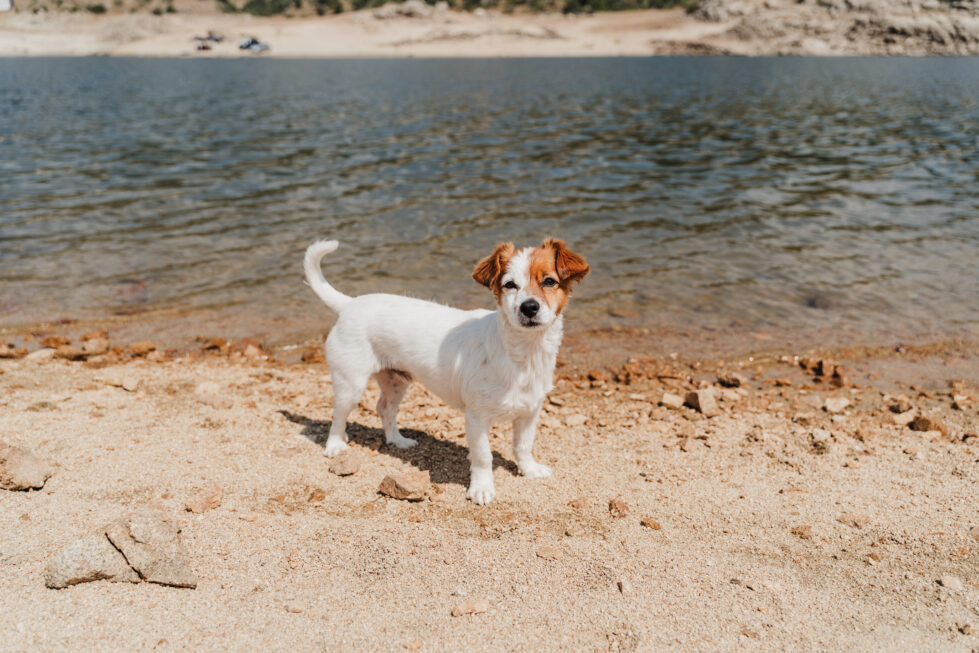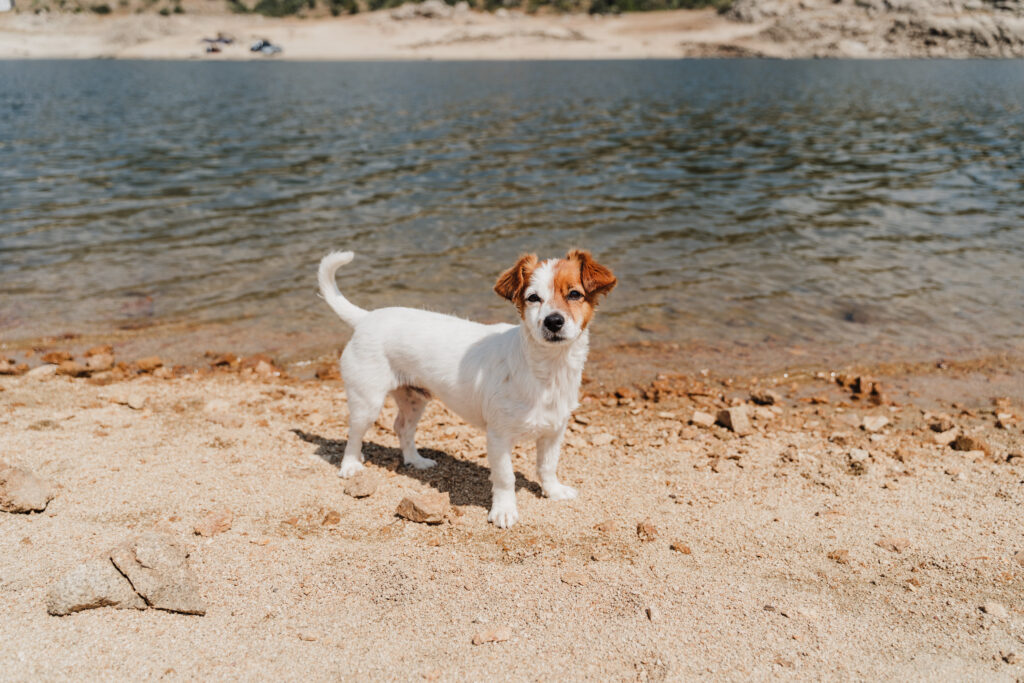As the days grow warmer, many pet owners look forward to outdoor adventures with their canine companions. Whether you’re heading to the beach, the lake, or simply taking a stroll along a riverbank, it’s essential to prioritize safety when your dog is near water. At McLean Animal Hospital, we understand that water activities can be a refreshing and fun way to bond with your furry friend, but they also come with certain risks. In this blog post, we’ll explore important precautions to take when your dog is around water to ensure their safety and enjoyment.
- Supervision Is Key
Never leave your dog unattended near water, even if they are strong swimmers. Accidents can happen in the blink of an eye, and swift currents, unexpected obstacles, or fatigue can pose serious risks.
- Life Jackets for Dogs
Invest in a well-fitting, buoyant life jacket for your dog, especially if you plan on boating or going to an area with strong currents. Even strong swimmers can benefit from the extra safety a life jacket provides.
- Know Your Dog’s Abilities
Not all dogs are natural swimmers, and some may not enjoy the water at all. Take your dog’s breed, age, and individual temperament into account when introducing them to water activities. Some breeds are better suited for swimming than others.
- Training and Recall
Ensure your dog has reliable recall commands like “come” and “stay.” These commands can be lifesavers in situations where you need to call your dog away from danger.
- Stay Away from Strong Currents
Avoid areas with strong currents or undertows. Even strong swimmers can struggle against powerful water movements. Opt for calmer waters and gradually introduce your dog to stronger currents if necessary.
- Ramp or Ladder Access
If you plan on boating, make sure your boat has a ramp or ladder for your dog to climb back onboard. Teach your dog how to use it safely.
- Freshwater vs. Saltwater
Pay attention to the type of water your dog is exposed to. Saltwater can be harmful if ingested, so provide fresh water for them to drink and rinse them off after swimming in the ocean.
- Check for Hazards
Before allowing your dog to enter the water, scan the area for potential hazards such as sharp rocks, broken glass, or debris that could injure your pet’s paws.
- Rest and Hydration
Allow your dog to take breaks and rest when needed. Swimming can be physically demanding, and dehydration can occur quickly, especially on hot days.
- Rinse and Dry
After swimming, rinse your dog to remove any chlorine, salt, or chemicals from their coat. Dry their ears thoroughly to prevent infections.
Conclusion
Water activities can be a wonderful way to keep your dog active and entertained during the warmer months. However, it’s crucial to prioritize their safety by following these precautions. With the right preparations and supervision, you can make sure that your furry friend enjoys splashing around without any mishaps. At McLean Animal Hospital, we’re dedicated to the well-being of your pets, and we encourage responsible and safe outdoor adventures with your canine companions.


